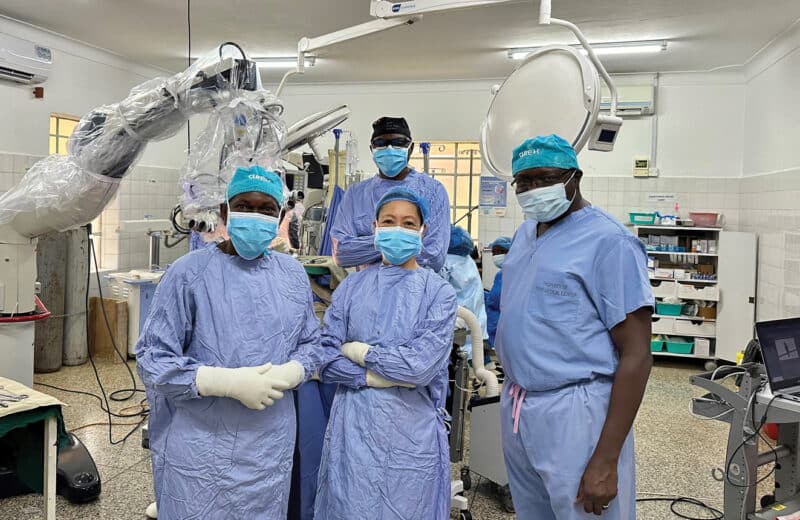Tech-savvy devices help with health and fitness
By Megy Karydes
Above photo courtesy of Athos
Technology has the power to transform and even save lives. The latest health and fitness devices use state-of-the-art technology to help you get healthier faster than ever before, providing detailed data to fuel your efforts. Here are three pieces you’ll want to add to your health and fitness arsenal.
1. Medical History on your Wrist
First, we had the most basic medical bracelets. Have epilepsy or an allergy to certain medications? Just the facts, ma’am—name, illness, medications required. The theory was that a medical ID bracelet provided doctors, nurses and EMTs with only the critical details.
Medical ID bracelets have grown up with the technological times. The latest editions come equipped with a QR code or USB flash drive so that first responders literally have your entire medical history at their fingertips.
The MyID bracelet features a QR code that simply needs to be scanned with a smart phone or tablet to bring up your online medical profile. 
The CARE Medical History Bracelet utilizes a USB flash drive that can be plugged into a computer, providing access to your medical history. While there are some drawbacks—security, access to necessary technology, obtaining permission from legally authorized contacts to access an unconscious patient’s medical history—the technology offers essential information that could aid responders in the event of an emergency.
2. Flying On Your Feet?
For those suffering from arthritis, recovering from an athletic injury or trying to regain flexibility after surgery, exercise can seem like a painful proposition, even though it can improve health.
Using a technology developed by NASA engineers, antigravity treadmills allow people with joint problems to exercise stress free in an antigravity environment, says Cindy Yap, a physical therapist at Lemont Nursing and Rehabilitation Center, who has been using this treadmill with patients since last May.
 The AlterG Antigravity Treadmill is designed to offload body weight.
The AlterG Antigravity Treadmill is designed to offload body weight.
Individuals wear specially designed shorts (similar to a wetsuit) that zip into an enclosure, creating an airtight seal. Air enters the enclosure and eventually lifts the person up, effectively removing up to 100 percent of the weight and allowing one to run up to 12 miles per hour weight free.
Several Chicago-area hospitals, senior care facilities, private practice and physical therapy clinics, including Lemont Center and NovaCare Rehabilitation, offer the treadmills as part of their physical therapy and training options.
“It’s helpful for anyone who’s had joint replacement surgery or anyone [who] has pain in the joints, knees, hips or even the back,” Yap says. Now that’s exercise with stratospheric benefits.
3. Smart Workout Clothes
New wearable fitness technology goes beyond a wristband, watch or heart monitor, taking a whole-body approach. Athos workout apparel, slated to launch in early summer, collects detailed information about what your entire body is doing by tracking your muscle and energy output through thin, oval-shaped sensors. The sensors record your body’s metrics including heart rate, breathing rate and the output of 14 muscles. The hardware uses Bluetooth technology to share the data, giving wearers real-time data, feedback, coaching and workout summaries that help them fine-tune the workout before it’s over. All that smart data, designers hope, will lead to some smart workouts.













